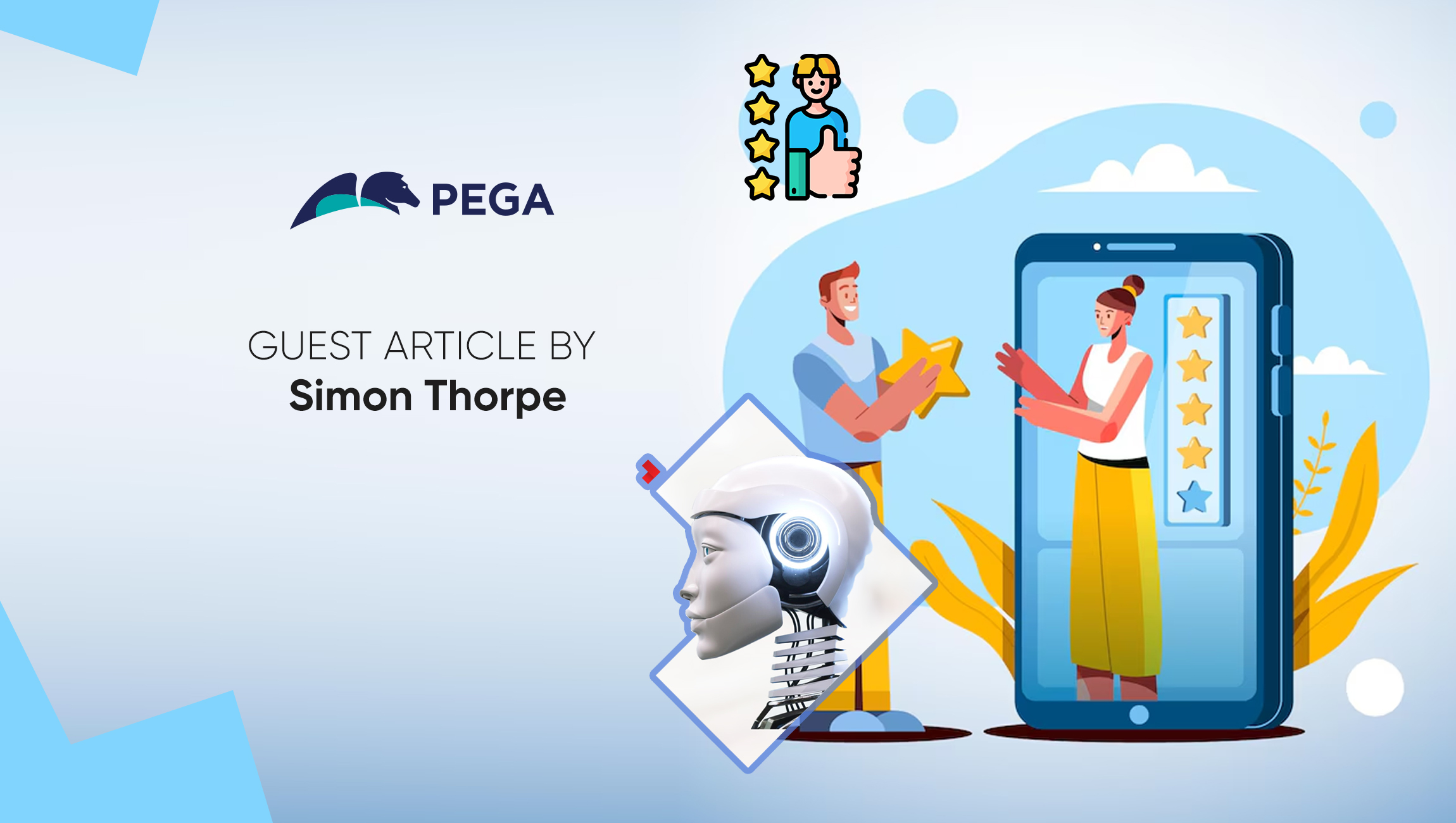Customers are at a point where they’d rather take care of their issues themselves – over 67% of customers prefer using a form of self-service rather than talking to a customer service representative. This is likely a result of years and years of consumer frustration within the service industry – from not getting their issues solved quickly, to needing to repeat themselves while being bounced around to different agents within a contact center, to disjointed experiences during which agents can’t find answers, to many other maddening scenarios.
And while it’s easy to just blame the agents, it’s typically not their fault – in fact, many customer service technologies over the years have made it extremely difficult for agents to do their jobs at optimal levels. And while frustrated customers believe they could just solve their issues themselves, self-service also comes with its share of grievances. Many times, digital agents or portals don’t get customers the answers they need, and they end up needing to talk to an agent anyway. And the cycle starts all over again.
However, with the emergence of generative AI (genAI) technologies over the past 18 months, a new promise of both agent-powered service and self-service is on the horizon, and in some cases, is already here. We’re entering an age where – if brands have the right tools in place – there’s no longer an excuse for poor service. GenAI is opening up new paths for amazing experiences, so here’s what brands should consider when implementing genAI into their service operations:
What can generative AI actually do, and what’s just market hype?
Many of these “do it all” solutions aren’t actually doing what they say. Mass market genAI solutions aren’t cure-alls that can solve any issue – and they certainly can’t do so if not implemented correctly. For customer service departments to successfully use genAI, they need to understand what the technology can and can’t do to maximize the benefits and efficacy.
In customer service, genAI truly shines when it comes to surfacing data quickly, helping agents in their customer interactions with relevant prompts and guidance, and using the same guidance and prompts to help customers to solve their own issues.
But genAI can’t act alone. It needs governance and oversight, and needs to be connected to the right data and systems in order to do its job. And when it is, it brings a level of accuracy and personalization that makes agents and customers have better, more efficient, experiences.
Increase efficiency for both agents and customers.
One of the major barriers to fast service is how much content and information people need to sift through to get the answers they need – enterprise databases are typically vast and disjointed, and many critical information sources are siloed and hard to sort through. However, genAI can quickly and easily enable customers and employees to get specific answers synthesized from content scattered across enterprise knowledge bases. This means no one wastes time searching for answers, and instead only needs mere moments to find them.
When it comes to self-service, customers can use self-service channels powered by genAI to recall necessary information, receive detailed recommendations to find solutions, and – if needed – seamlessly connect them with an agent or the next best option if an issue can’t be resolved. And once the customer is passed onto an agent, genAI can analyze inquiries and provide detailed, contextually relevant responses so the agent can resolve the issue quickly and with empathy.
Overall, genAI helps increase service efficiency – reducing wait times as customers have the option to get immediate responses via self-service. And when an agent is needed, those agents have the tools they need to get it done in record time. However, it’s worth nothing that genAI on its own, while extremely helpful, isn’t going to completely change the customer service game. As organizations begin to settle into their genAI usage and look to elevate their strategy, they should consider coupling genAI solutions with workflow automation to start driving work out of the contact center and better enable customers to self-solve.
Marketing Technology News: MarTech Interview with Marc Holmes, CMO @ HashiCorp
Enhance personalization for better experiences
Yes, today’s customers need their issues resolved fast. But brands also can offer a tremendous amount of value when they deliver personalized experiences that enhance customers’ lives. By analyzing customer data and interaction patterns, genAI can help tailor responses and recommendations in real time. Agents can present a relevant offer based on the prompts AI surfaces. The same thing can happen during self-service. This can include everything from a discount on a service, a recommendation for an upsell if appropriate, or a reminder about an upcoming bill for a customer who may have been dinged for late fees in the past.
GenAI also can learn from customer data and interaction patterns over time, leading to better, more tailored responses and recommendations that enhance the user experience, rather than cause noise or frustration. When you can make every agent and self-service channel the best they possibly can be, customers are going to feel as though a brand has their best interests at heart.
Personalize with ethics in mind:
A lot of conversations are happening – and rightfully so – regarding the use of customer data and AI. While it can provide incredible experiences for customers while giving agents the ability to get their jobs done with efficiency, if not monitored – genAI (and AI in general) can quickly take a turn and develop unintentional biases that can backfire. We’ve seen the headlines of a couple getting different credit card offers based on their gender and/or race – it’s not great, and it’s also avoidable.
GenAI can’t be left to its own devices – a critical part of the success of genAI in customer service is transparency and keeping humans in the loop. Humans play an essential role in creating guidelines for genAI and should be using tools that help track the decisions AI is making and proactively flag when it’s going awry. AI is not a ‘set it and forget it’ type of technology, but rather needs to involve a continuous relationship between humans and technology in order to achieve success.
While there are many exceptions, customer service doesn’t always have the best reputation, but genAI has the potential to make this an opinion of the past. Now, customers can be empowered with technology that can get their issues solved fast – whether it’s via an agent who has easy access to all relevant data and the appropriate prompts to get their questions answered, or by using a self-service chat that can take them step-by-step to resolve their issue without speaking with a human agent.
GenAI alone isn’t going to solve service issues – it’s a matter of creating a partnership between humans and technology to ultimately transform an industry that’s traditionally lagged for the ultimate benefit of brands, agents, and customers alike.
Marketing Technology News: How AI is Transforming Ad Creatives Today











